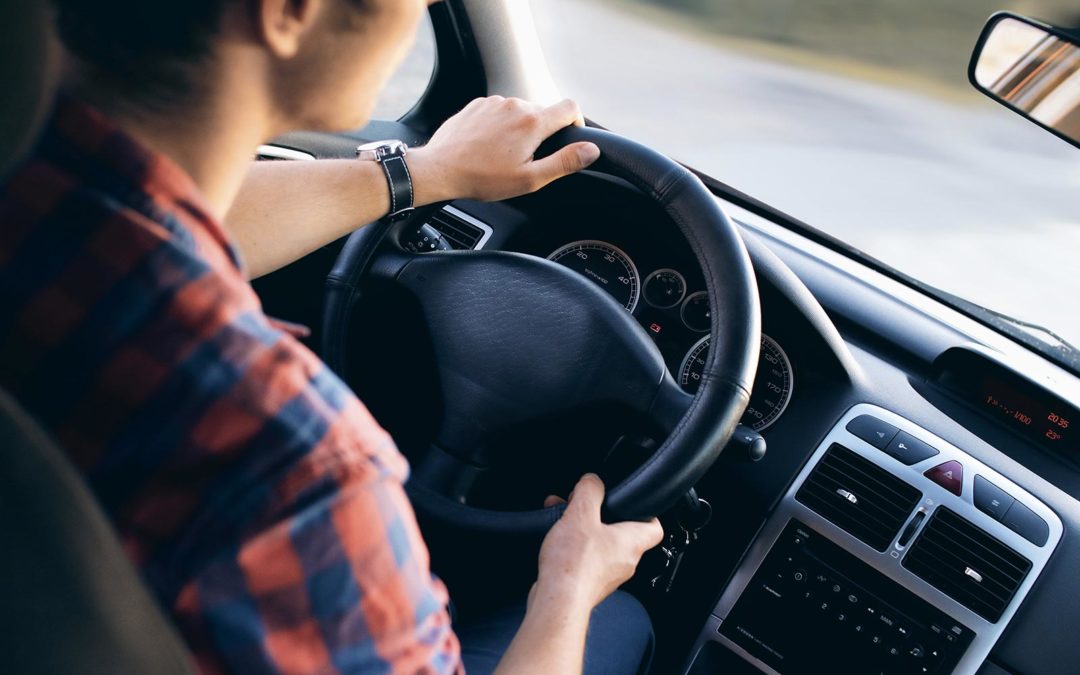Travelers and Bittle Armstrong Insurance cares about you and your family. With a new teenage driver in the household, we would like you to consider some important facts so that you can help your teenager become a safe driver.
Young Drivers: The Statistics
In the United States, the fatal crash rate per mile driven for 16- to 19-year-olds is nearly three times the rate for drivers ages 20 and over. A total of 1,068 teenagers ages 16 to 19 died driving in motor vehicle crashes in 2014.
There are five principal reasons contributing to teenage driving problems:
Drinking and Driving
Seventeen percent of drivers ages 16 to 20 who were involved in fatal motor vehicle crashes in 2014 were alcohol-impaired, which is defined by a blood alcohol content of 0.08 grams per deciliter or higher, according to the NHTSA.
Speeding
Teenagers’ crashes and violations are more likely to involve speeding than those of older drivers, and teenagers are more likely than drivers of other ages to be in single-vehicle fatal crashes.
Driving at Night
Half(49.3%) of all teenage traffic accidents occur between 6 p.m. and 3 a.m.
Seat Belts*
Of the teens (ages 13 to 20) who died in passenger vehicle crashes in 2013, approximately 56 percent were not wearing a seat belt at the time of the crash.
Accidents
53 percent of motor vehicle crash deaths among teenagers in 2014 occurred on a Friday, Saturday or Sunday.
*Statistics from the Centers for Disease Control and Prevention
What’s a Parent to Do?
- Choose vehicles for safety, not image. Ask if the car has air bags and antilock brakes
- Provide new drivers with plenty of supervised driving practice, even after they have obtained a license, including night driving and driving under hazardous road conditions
- Mandate safety belt usage
- Even if your state’s graduated licensing law doesn’t already mandate it, restrict the number of passengers allowed to ride with your teenage driver. Crash rates increase sharply when a teenage driver has passengers, particularly other teenagers
- Enforce “no drinking and driving” rules
- Emphasize that safe driving requires your teen’s full attention. Distractions such as cellphone use and text messaging will greatly increase his or her risk of motor vehicle-related injury
- Place restrictions on nighttime driving to enforce the curfews set by the local towns
- Enroll new drivers in a driving school to educate them about cars, driving conditions and driving techniques. This will prepare teenagers for the road, and it could reduce accidents
- Discuss and reinforce responsible driving behavior with teenagers
Because teenagers are new drivers, they simply don’t have the behind-the-wheel experience necessary to understand the dynamics associated with driving a motor vehicle. There’s a vast difference between riding in the passenger seat and being behind the wheel. By teaching teenagers responsible driving behavior, you can help prevent accidents. We encourage you to discuss safe driving with your teenager – it could be one of the most important conversations you have.
Statistics from the Insurance Institute of Highway Safety

